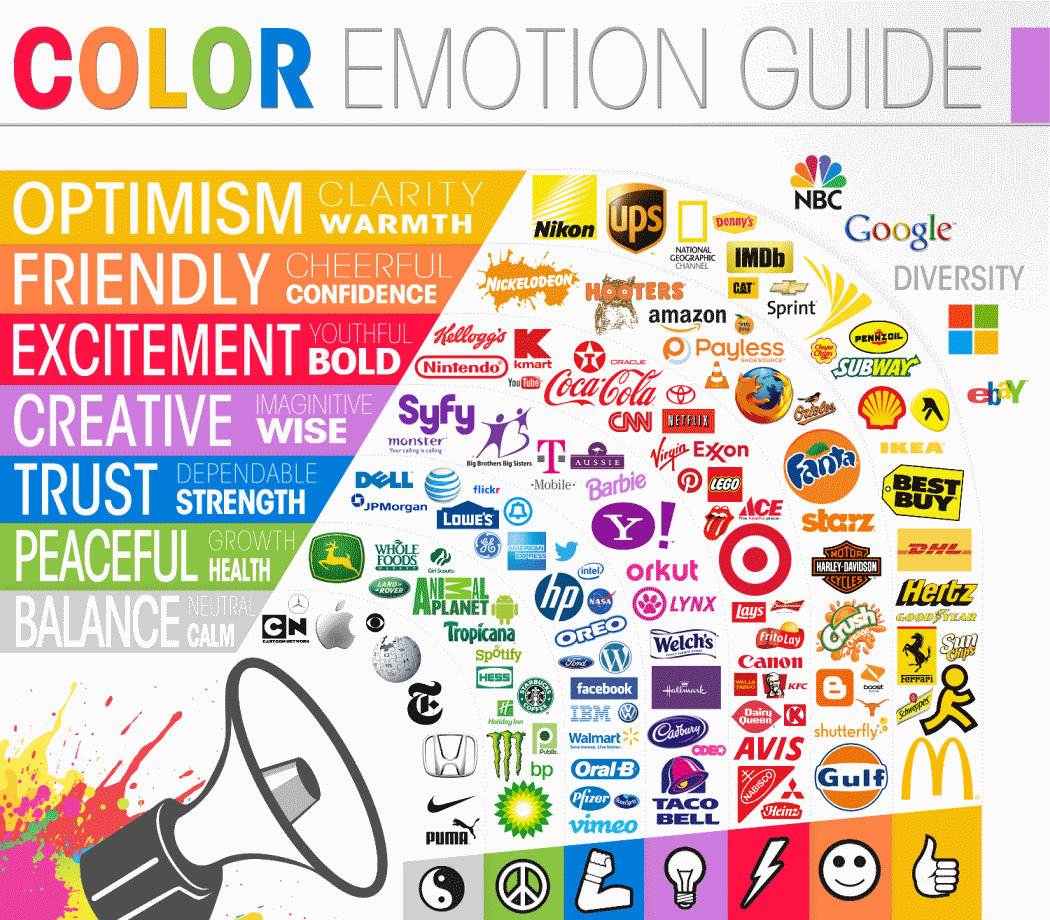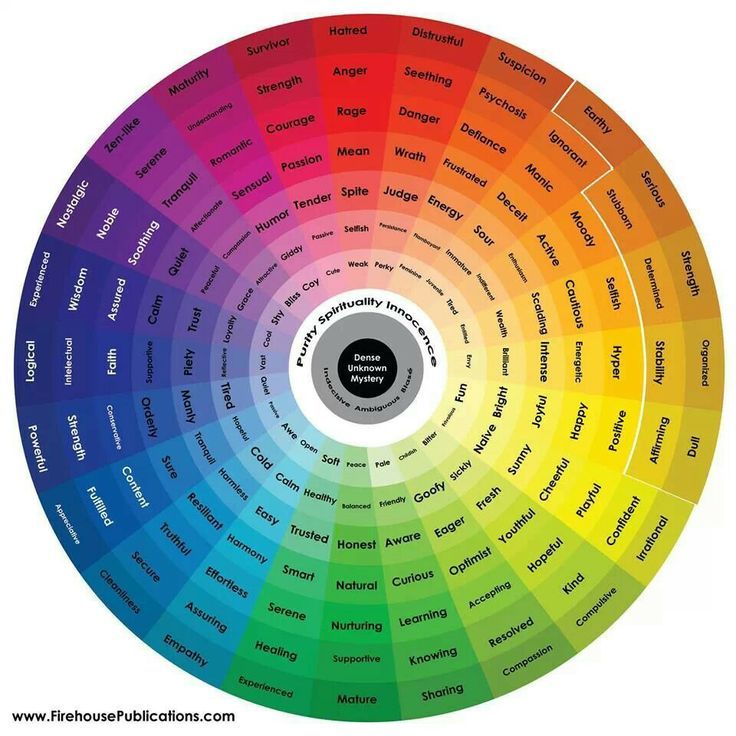
Humans might have inherited a similar mechanism.īut here's my take: We confuse physical warmth (e.g., red) with social warmth. Some researchers offer an evolutionary explanation - for example, monkeys develop red swellings on their butts to attract mates (Dixson, 1983). In multiple studies, people in red shirts seem more attractive (Elliot & Niesta, 2008 see Pazda, Elliot, & Greitemeyer, 2012). See my book The Tangled Mind for other examples. Visitors of an “adult” website might prefer a dark website to hide this behavior. New users might prefer a dark interface to hide their rookie mistakes. Charity websites should use a white background so that donations feel more visible. Need to choose a color? Choose light colors for “good” behaviors and dark colors for “bad” behaviors: In a shroud of darkness, we perform "bad" behaviors because, subconsciously, it feels like nobody will see these actions.

In another study, people estimated the room to be brighter while reflecting on a past ethical deed because, subconsciously, a brighter room would help other people see this good deed (Banerjee, Chatterjee, & Sinha, 2012).Ĭonversely, restricting visibility (e.g., dark colors) can increase “bad” behaviors - e.g., sports teams with black uniforms get more penalties (Frank, & Gilovich, 1988). Subconsciously, it feels like this donation will be seen by others. For example, people donate more money while standing near an image of eyes (Bateson, Nettle, & Roberts, 2006). When your behavior feels more visible, you perform “good” deeds. This visibility can influence perception and behavior. White promotes visibility, while black obscures it. For example, certain colors (red, yellow, orange) are universally “warm” because every human feels warmth while viewing these colors in the sun. So, is there any universal agreement? Can colors mean the same thing across the world? Short answer, yes.Ī color will inherit universal meaning if - and only if - everyone sees this color in the same context.

Westerners love blue, yet this color is “evil” in East Asia (Schmitt, 1995). Seeing this color in any context can activate disgust. In their brain, yellow is connected to disgust.

Any meaning depends on past experience.įor example, custodians see yellow from urine. People assume that each color has a meaning:īut it’s not that straightforward. They give:Īnd voila: Boys prefer blue, while girls prefer pink.īased on ecological valence theory, the entirety of your color preferences - from most favorite to least favorite - falls in direct accordance with your past experience: The more enjoyment and positive affect an individual receives from experiences with objects of a given color, the more the person will tend to like that color. Today, parents reinforce a “typical” color for each gender.


 0 kommentar(er)
0 kommentar(er)
